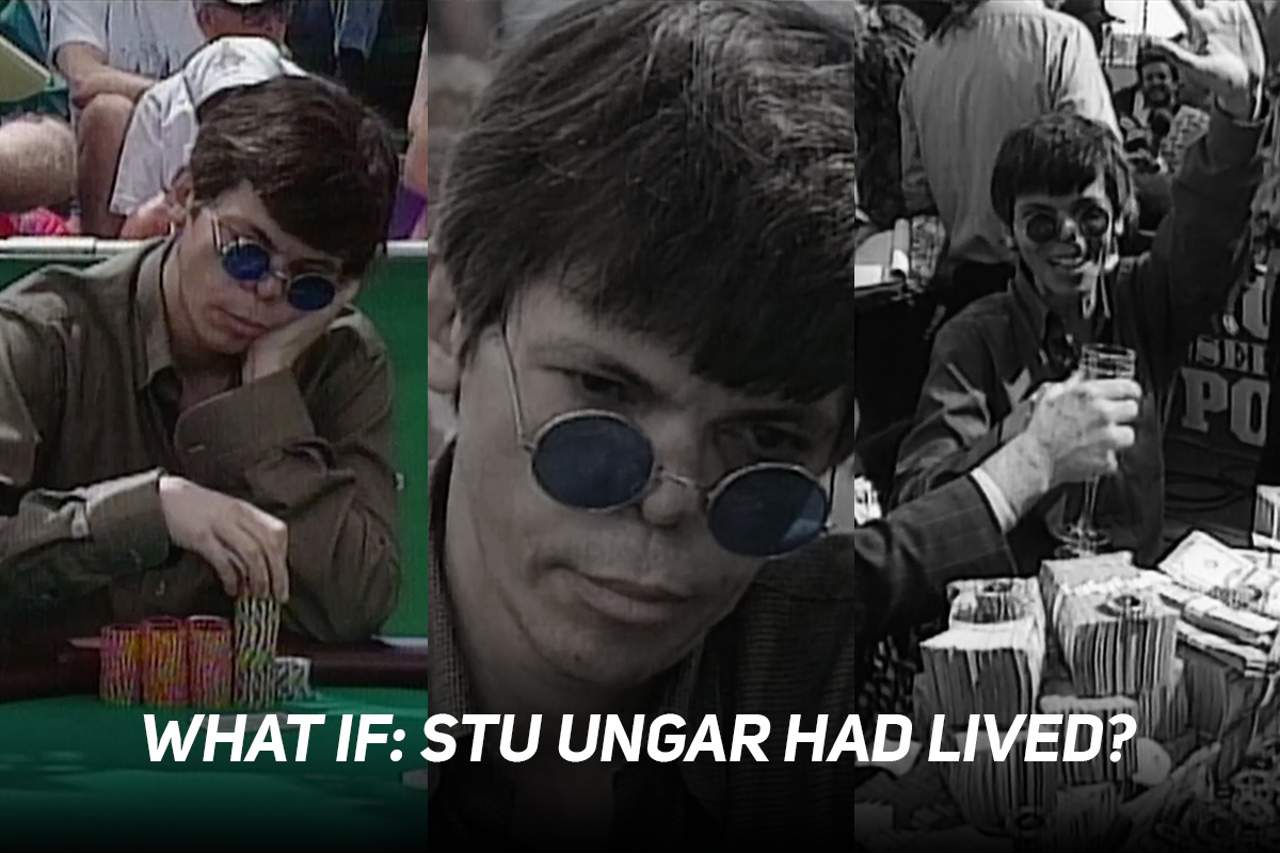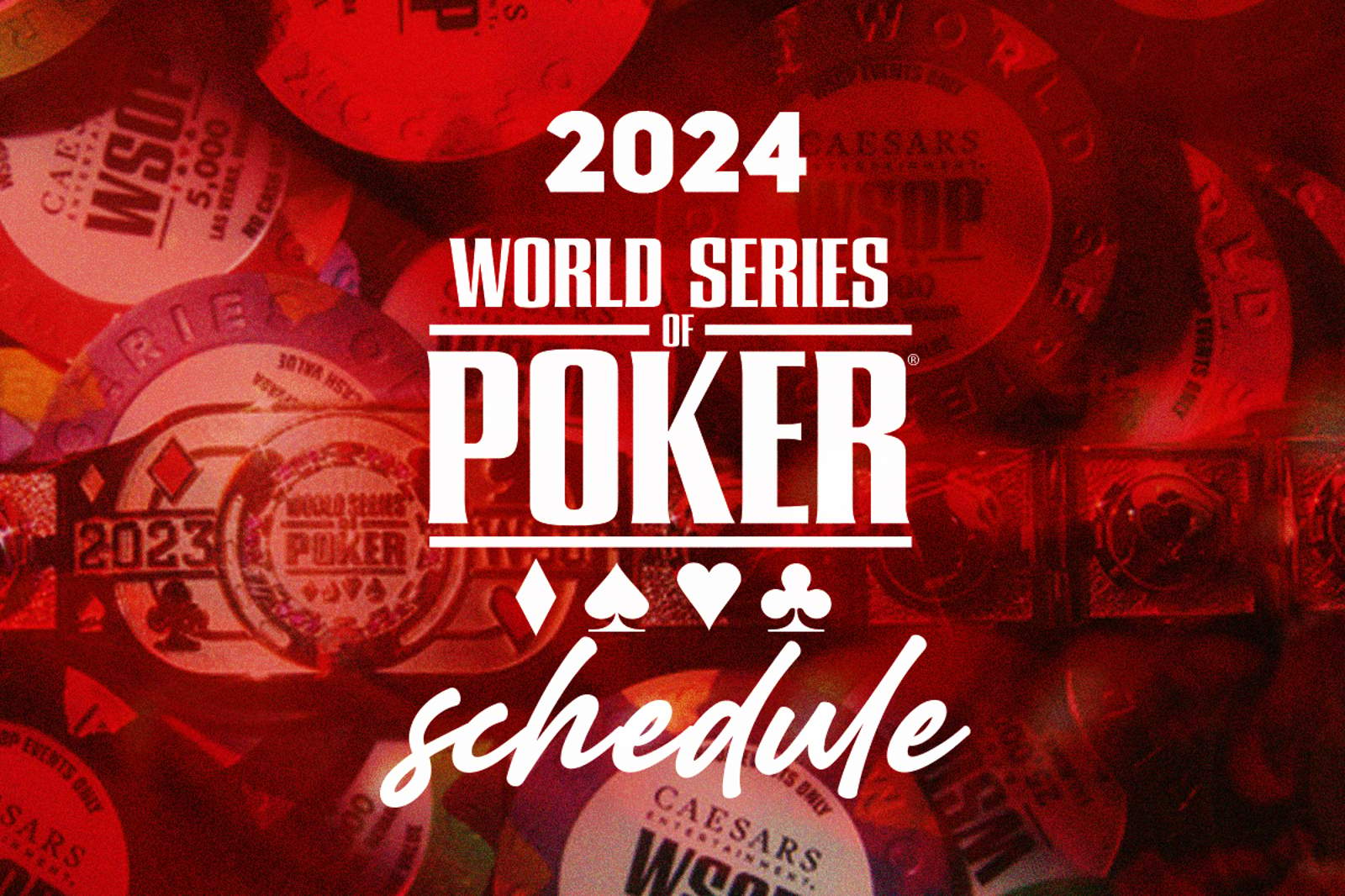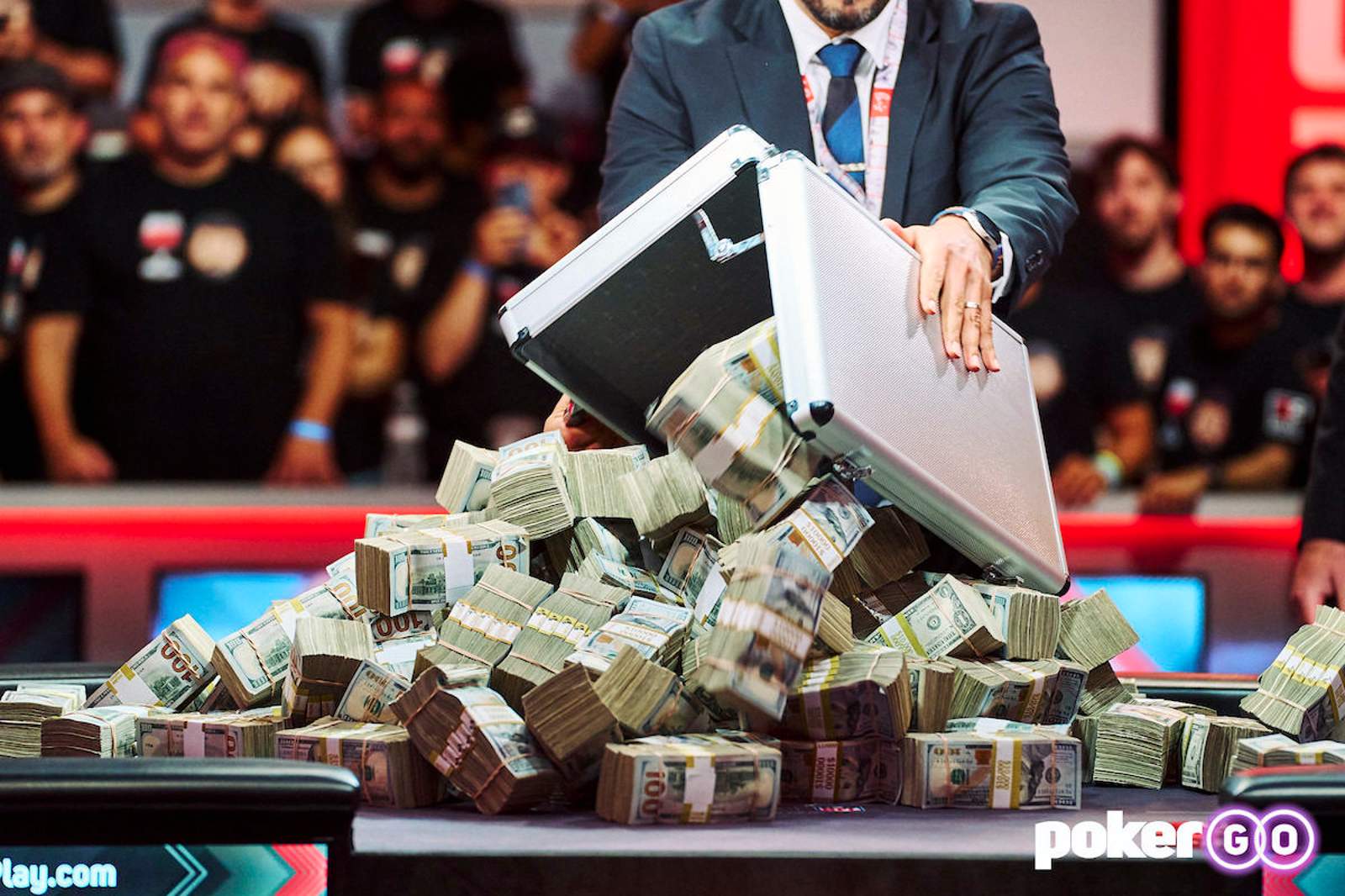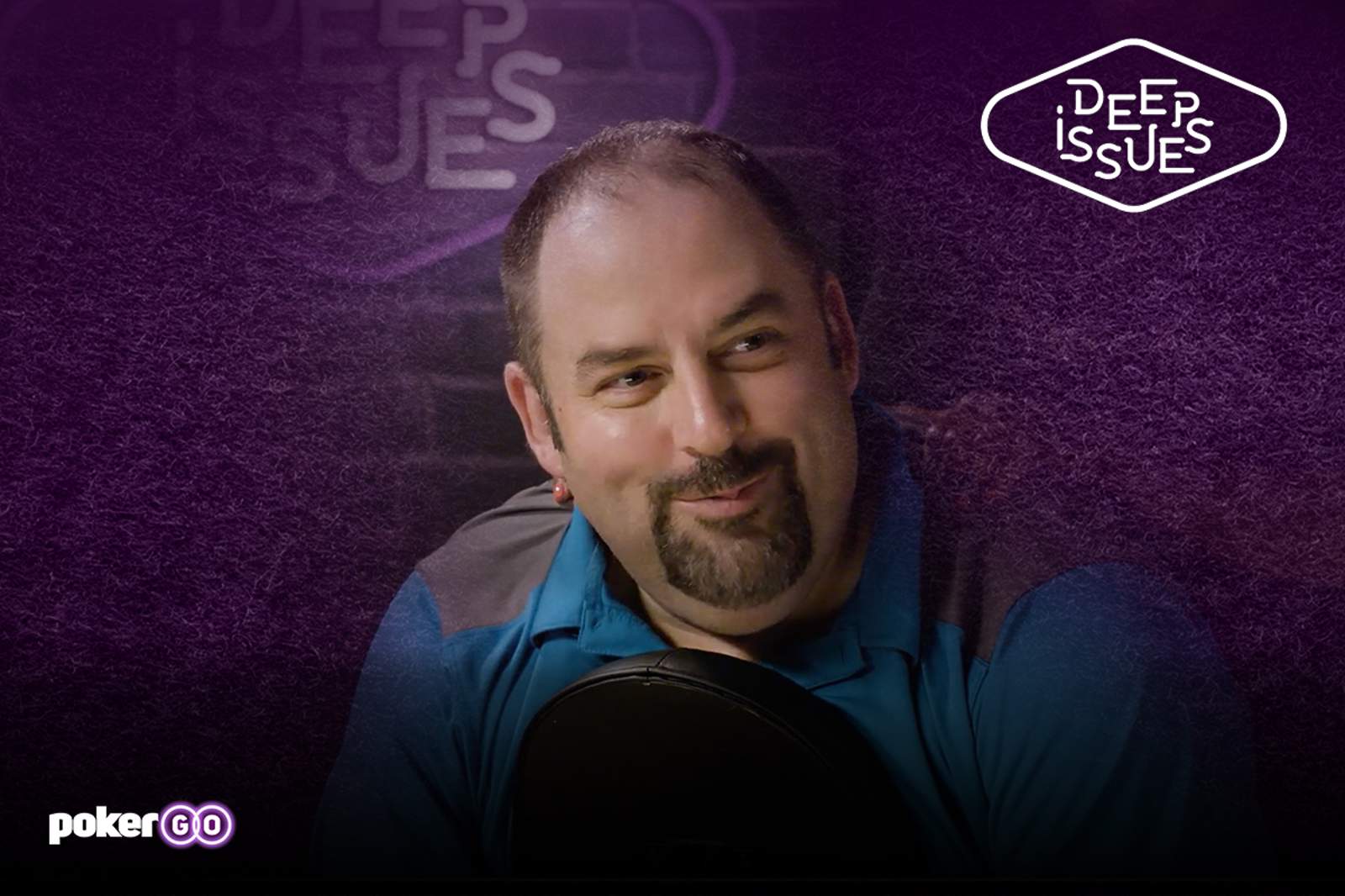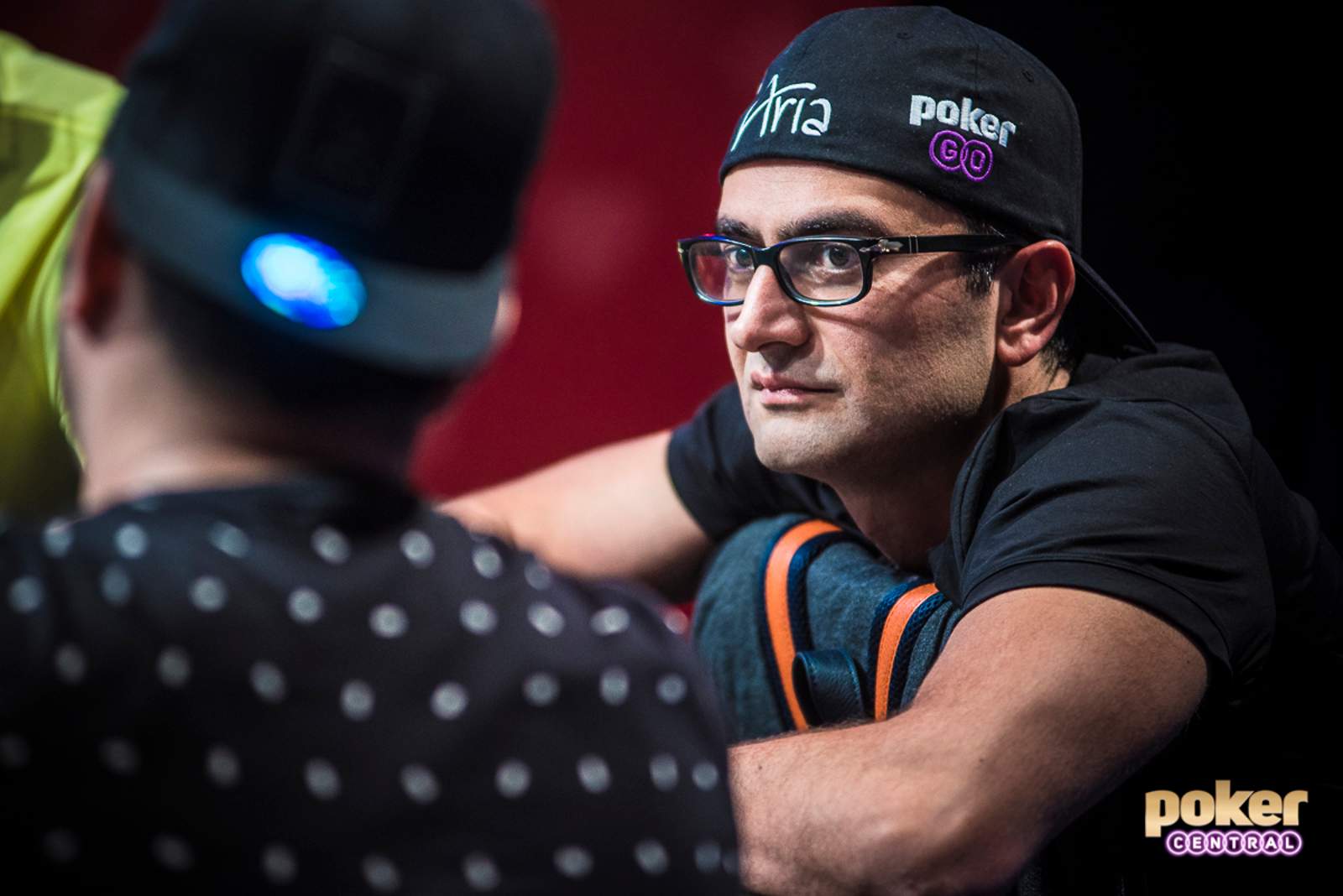
Related Articles
Global Poker Awards 2023 Winners
Full 2024 WSOP Schedule; 99 Live Gold Bracelet Events
Top 10 Biggest First-Place Prizes In Poker History
Exactly 20 years ago, the legendary Stu Ungar was found on the floor of the Oasis Motel on the Las Vegas Strip. The greatest poker talent the game ever saw, the best gin rummy player who ever knocked and the three-time winner of the WSOP Main Event was dead.
To give you an idea of his lasting legacy, since Stu Ungar won the Main Event in 1997, no-one has become a multiple WSOP Main Event winner. Ungar became instant poker folklore in the years following his death. He was in the all-time money list top 10 for 20 years from July 1984 until April 2004, a full six and a half years after his death. Sadly, having earned $30 million in his career beating gin rummy, tournament poker, blackjack and cash games, Stu Ungar died broke aged just 45.
But what if he hadn’t?
Adored by family, friends and even rivals at the poker table, Ungar was a man apart from both the poker ‘industry’ as we know it and life itself. Ungar had a tough upbringing on Manhattan’s Lower East Side with two parents who died before he hit 26. He married two years before his mother died but endured the pain of his adopted son committing suicide. Such tragic events don’t excuse a life ravaged by drug abuse, but they are stark reasons why Ungar’s demons never truly left him.
Drugs were the biggest damaging factor in the New Yorker’s short life, with cocaine and, later, crack cocaine ruining the looks of a handsome man. Ungar’s 1980 and 1981 Main Event wins showed a fresh-faced ‘kid’ outplaying grown men with ease. Ungar was, by popular opinion, the best No Limit Hold’em player out there in the early 1980s, and by everyone’s definition, an unplayable Gin Rummy player. Casinos wouldn’t let him enter Rummy tournaments for fear of other players not showing up.
Ungar won the 1980 tournament in style, capturing his maiden WSOP bracelet against ‘Texas Dolly’ himself, Doyle Brunson:
In 1981, it seemed an even easier rise to become Main Event champion. Surrounded by players leaning back in their seats, paunch on the edge of the table, Ungar is keenly on his chisel-sharp elbows as he wins back-to-back Main Events:
Interventions are a common way of treating friends or relatives who are drug addicts in 2018, even having a TV show named after the process. But in 1990, they were rare. In the WSOP Main Event of that year, Ungar was found collapsed on Day 3, and blinded out. He was sat behind enough chips to eventually finish ninth, but no-one could convince him to lock himself away from the addictions that were pulling him back from his true destiny.
1997’s Main Event was an al fresco affair, and dedicating his victory in part to his daughter, Stefanie, Ungar seemed hopeful of creating a brighter future for himself. His words, all these years later, are all the more heartrending for how empty they now seem:
Could drug rehabilitation have worked for The Kid? Ungar always rejected the idea, stating that is was easier to obtain drugs in rehab centers than it was on the street. But the success rate of drug rehabilitation centers suggests a win-rate that even Ungar would struggle to argue with. If Ungar had entered a clinic in 1990 and seen through a full 12-step programme, he would be between 30% and 90% likely to be able to quit drugs permanently according to several studies. Even splitting the difference, there’s a 60% chance that if he’d gone to rehab and outlasted the only field that really mattered – himself – Ungar could still be with us.
If he was, then Ungar would still be playing cards, and probably for a living. Despite being barred from many Las Vegas gambling houses, it was mostly for gambling. Had he been able to control his penchant for ‘action’ by conquering his dependency on illegal substances, Ungar would have banked much more of his winnings at poker. This, in turn, could well have led to higher-profile games and even sponsorship, which could have been the turnaround his life needed.
Known as ‘The Kid’ thanks to his youthful looks when he burst onto the poker scene in the 1980, Ungar returned as ‘The Comeback Kid’ in 1997. What would Ungar have been like at retirement age? In his youth, Ungar defied the age gap to profit against the elder statesmen of the game. As an older man, maybe his naturally aggressive poker game and math knowledge would see him compete successfully against the new crop of poker professionals.
Picture it now: Stu Ungar, poker pro, adorned with badges, the guy who cleaned up his act and made his fortune back. It would be some story. Stu Ungar and Phil Ivey playing for a major title, with everything on the line between ‘The Kid Who Grew Up’ and ‘Five Homes Jerome’. It’s something poker fans would love to see, something they’d even pay to see. Pay-per-view poker might have been made for Stuey.
The thought of Stu Ungar being 65 in 2018 is one that can take some conjuring, purely because his physical image is so clearly etched in our memories. He belongs to another era, but not because his poker style was retro – he was clearly ahead of his time. He is defined by that era because he exists as a warning from history.
Years from now, another young poker player will start to blow it all after making it big in a poker tournament. They’ll be cautioned against becoming ‘another Stu Ungar’. But the truth is that Ungar was a one-off. A unique poker player with the heart of a gambler, but the body of an addict. Those two elements were never going to be able to survive a world and a game that pushes both to the limit at the highest level. In poker, Stu Ungar was the highest level.
Twenty years have been and gone since Stu Ungar passed away. ‘The Kid’ is memorialized at the Palm Valley View Memorial Park in Las Vegas. Seven words on his headstone affirm what he means to so many people all these years since his death.
‘A great person, but a greater loss.’
Stu Ungar (1953-1998)
Related Articles
Global Poker Awards 2023 Winners
Full 2024 WSOP Schedule; 99 Live Gold Bracelet Events
Top 10 Biggest First-Place Prizes In Poker History
Antonio Esfandiari, "Magic Moments" Live on PokerGO



